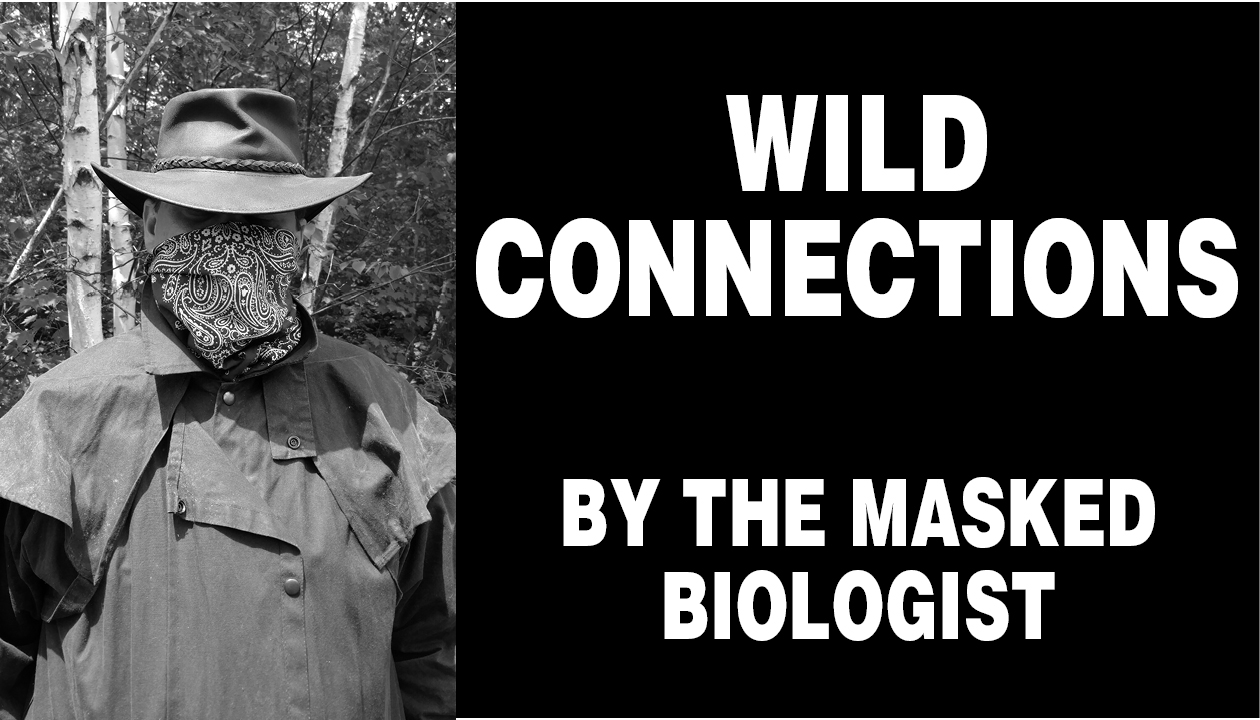WILD CONNECTIONS: Beware the short-tailed shrew

BY THE MASKED BIOLOGIST
“Do we have venomous snakes here?” This is probably one of the more common questions I get, especially in the late spring and summer months. We do not have venomous snakes in the Northwoods; in fact, venomous snakes in our state are relatively rare, and are limited to areas where rocky faces and warmer temperatures are common. You don’t have to believe me, or agree with me, especially since this article is not about venomous snakes. In fact, it is about an animal that is far more common, but still venomous, yet no one ever calls my office and asks “do we have venomous mammals here?”
 It’s a shame, really, because if someone were to do so, I could reply by saying “yes we do!” The short-tailed shrew, or Giant Mole Shrew (Blarina brevicauda), is a venomous mammal that has been documented in two subspecies across the state of Wisconsin. These animals are fascinating in their own right. Although we might consider them a rodent when we see them, in fact they are in a separate classification, order INSECTIVORA, insectivorous mammals. Moles and shrews are the only families in this order.
It’s a shame, really, because if someone were to do so, I could reply by saying “yes we do!” The short-tailed shrew, or Giant Mole Shrew (Blarina brevicauda), is a venomous mammal that has been documented in two subspecies across the state of Wisconsin. These animals are fascinating in their own right. Although we might consider them a rodent when we see them, in fact they are in a separate classification, order INSECTIVORA, insectivorous mammals. Moles and shrews are the only families in this order.
As their name indicates, shrews gladly eat insects; they are aggressive carnivores that have been documented hunting and killing prey larger than themselves! The first written account I could find about the predatory and feeding habits of shrews was in captivity by none other than Theodore Roosevelt, former president of the United States, in 1888. In his words, “certainly a more bloodthirsty animal of its size I never saw.” He watched this shrew kill and eat a mouse, and two days later it killed and ate a seven inch garter snake. Shrews are credited with having huge appetites, eating their own weight to 1.5 times their own weight in a 24 hour period. The studies and observations mentioned all took place in captivity, where prey was easy for shrews to catch. They are not terribly fast or agile; they do not have very good vision, but count on their sense of smell to find prey. Many people have benefitted from the mouse-hunting activities of shrews without even realizing it. If you have ever found a dead mouse in your garage, maybe with its brain eaten out or showing other odd injuries, you may have interrupted a shrew enjoying its meal.
So, where does venom come into play? Shrews do not have hollow fangs that unfold and sink into their victims; rather, they have channels in their teeth that allow their venomous saliva to flow from a special gland into the bite wounds they inflict. One study I saw cited compared the lethality of their venom to that of a cobra or other venomous snakes; not only is their venom strong, but it contains a protein-digesting substance (word of the day: strong proteolytic ferment) that helps break down muscle tissue in a surprisingly short time. This would help explain why a shrew can eat the amount of food equal to its own body weight—and more—in such a short amount of time. An adaptation such as this would allow an animal to make effective use of its kill, and could function as a less capable predator and still survive. Furthermore, this vicious little creature does not hibernate, so it needs to be able to capture and consume prey year round, meaning it needs non-insect prey to keep it alive through the winter.
We do not have venomous snakes here, but we do have a venomous mammal living beneath our feet. What next—a venomous bird? No, that would be silly; besides, I checked just to be sure. There are none. We are safe.
The Masked Biologist earned a bachelor of science degree from a university with a highly regarded Wildlife Biology program. He has worked for natural resource agencies from the Rocky Mountains, across the Great Plains and into the Midwest, which provided opportunities to work with a variety of common and rare fish, plant and wildlife species. Follow The Masked Biologist on Facebook.
Leave a reply
You must be logged in to post a comment.

